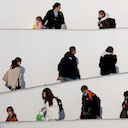
Left Internationalism in the Heart of Empire
American leftists need an internationalist vision that universally and effectively joins anti-imperial and anti-authoritarian ethics.
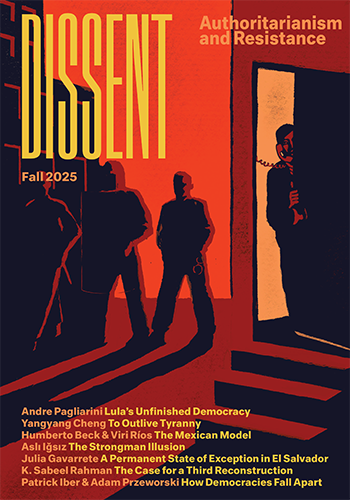

American leftists need an internationalist vision that universally and effectively joins anti-imperial and anti-authoritarian ethics.

For those whose hyphenated identities straddle a divided world, life is a series of compromises.

The 1960s effort to end discriminatory quotas sowed the seeds of the political conflicts over immigration that are still with us today.

In The Great Recoil, Paolo Gerbaudo argues that the left needs to speak to people’s fears and connect them to hope.

Biden could ease the suffering inflicted by his predecessors on migrants to the United States. But his administration is unlikely to resolve the structural injustices at the root of the immigration enforcement system.
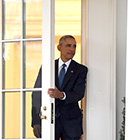
A Promised Land is Obama’s attempt to frame the discussion around his presidency. It’s most revealing where it departs from earlier accounts offered by his chief aides and his own previous memoirs.

Joe Biden promises to lift U.S. foreign policy up from the low-minded nationalism of the Trump era. But the era of confident American hegemony is drawing to a close.
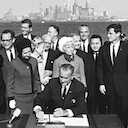
Two recent books put the reemergence of anti-immigrant sentiment in the Trump era into historical relief.

Trump’s recent proclamation temporarily bans guestworkers from coming to the United States, but what does it actually do? Daniel Costa of the Economic Policy Institute explains.

Detained migrants face crowded, confined conditions with remarkably limited access to healthcare, health protections, and safety precautions.

When AMLO took office there was a sense of hope, enthusiasm, and renewal. Today, there is a growing sense of unease about whether his administration can deliver the changes that Mexicans so desperately need.

What could the political effects be of a media that actually served working-class Americans?

A neoliberal vision of public health and anti-immigrant politics have turned healthcare into a border zone.
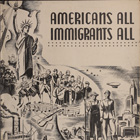
While nativists used economic depression and global conflict to stoke anti-immigrant sentiment, a movement emerged in New York City’s liberal and left-wing circles to combat racism and forge connections between ethnic groups.
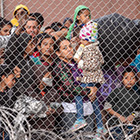
Can Nazi concentration camps be compared to other detention centers? Their survivors thought so.